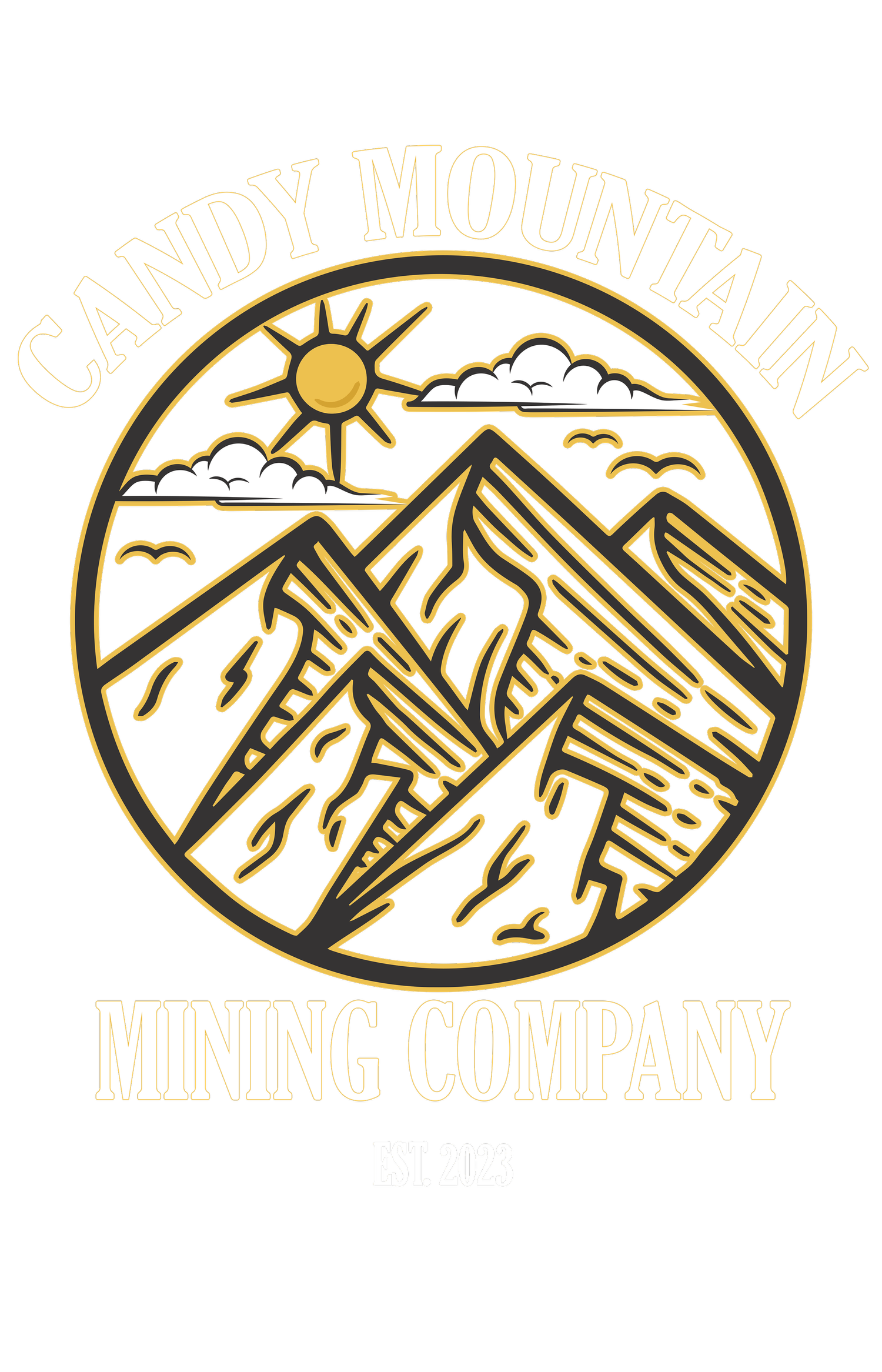successful prospecting
Trying to prospect placer gold concentrations or lode gold bearing ore can be an allusive and rewarding experience.
Without properly prospecting your claim, the understanding of where the gold or precious minerals are located will be lost. Utilizing best practices and diligence is absolutely paramount to being successful in prospecting a claim.
Where is the source of the gold your are targeting. This is probably one of the most important questions. Whether this pertains to a lode deposit, or placer gold concentrations understanding where the precious mineral is coming from is the first step to success. We are going to talk about a few methods such as tracking float rock to its source, sampling material accurately, and types of material sampling for both Lode & Placer.
-
Float rock refers to rock that has been broken or removed and relocated from its original outcrop. Following this material back to the source provides prospectors an opportunity to become successful. Understanding the geology of the area and what types of rock is the host body for the target mineral is crucial in tracking float to its source. When tracking float it is best to sample and test as you work your way closer to the source. Mineral bodies and ore changes size and shape as it the distance increases and decreases distance to the source. Understanding the shape of float and type of material is key. Softer ore bodies may result in smaller pieces closer to the source and harder ore bodies may retain more size and shape further away. Having a geology map of the area helps tremendously to geological dikes/fault data to above ground prospecting. Monitoring and understanding the ore type in the outcrops is crucial. Is this allowing free mill gold to form or are the ore bodies sulphide based.
-
Focused and dedicated prospecting methods will always yield positive results. Do not fall prey to not following a set process. In order to get a proper understanding to placer concentrations it is paramount to create and follow a dedicated method.
Using up to date topo, geological, and satellite maps to track sampling locations & data
Utilizing excellent note taking abilities to document the location and data properly.
We recommend using water proof books to do field notations. CMMC has waterproof writing books for purchase
GPS tracking of all locations visited
Utilizing proper tools such as metal detectors, portable highbankers, gold pans, classifiers, picks, shovels, and a list near a mile long of other tools is crucial to being successful.
Understanding fluid dynamics including low and high pressure zones where placer gold may concentrate.
-
How samples are found, captured, and concentrated will vary from location and gold type whether lode or placer. We recommend having 2 types of classifiers on hand when sampling material for placer mining. We recommend a 1/4” and minus and an 1/8” minus screen. This will allow for proper separation and delineation from material types and making sampling easier by removing as much overburden from the sample as you can. It is easier to find gold the more you can classify your material before you process anything.
When we are lode sampling, we will utilize multiple specimens when we are searching for the source from where the float came from. Ore body samples as we work closer to the source are great to have as specimen resources. Primary assay locations that we have found to be very crucial are to be taken from as close to the source as possible. Utilizing material from tailings piles from prior operations, pulling samples from the ore body directly, or if there is any underground access or historical diggings that is also a great place to sample. With lode gold and precious mineral sampling it is important to document very heavily where each sample comes from. When assay results are provided a claim owner can utilize that information to build a strong mineral layout map showing were the gold deposits would be.
